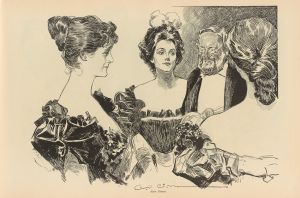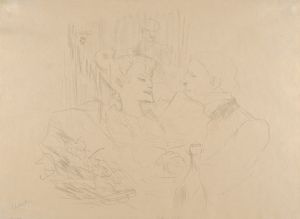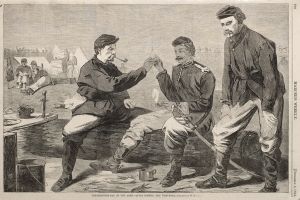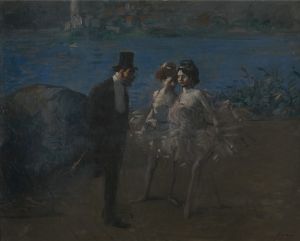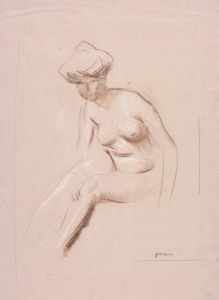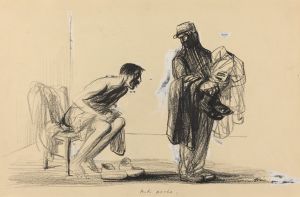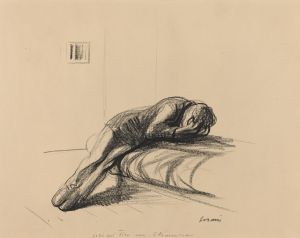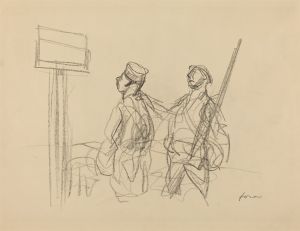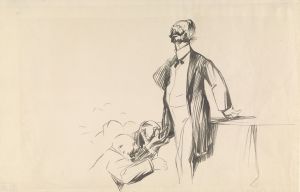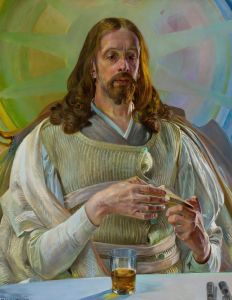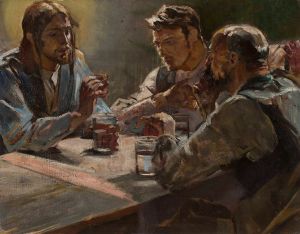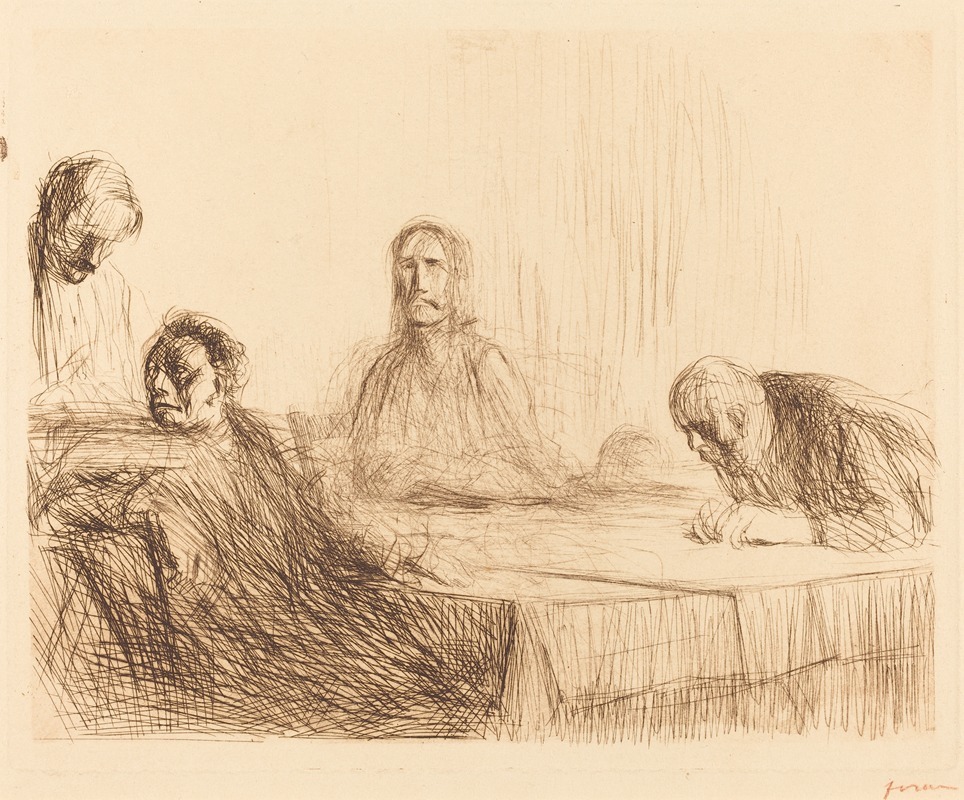
The Supper at Emmaus
A hand-painted replica of Jean-Louis Forain’s masterpiece The Supper at Emmaus, meticulously crafted by professional artists to capture the true essence of the original. Each piece is created with museum-quality canvas and rare mineral pigments, carefully painted by experienced artists with delicate brushstrokes and rich, layered colors to perfectly recreate the texture of the original artwork. Unlike machine-printed reproductions, this hand-painted version brings the painting to life, infused with the artist’s emotions and skill in every stroke. Whether for personal collection or home decoration, it instantly elevates the artistic atmosphere of any space.
Jean-Louis Forain was a French Impressionist painter and printmaker, known for his depictions of Parisian life, often capturing scenes from the theater, the ballet, and the bustling streets of the city. His work is characterized by its lively brushwork and keen observation of social dynamics. Among his diverse body of work is the painting "The Supper at Emmaus," which reflects his interest in religious themes, albeit interpreted through his unique artistic lens.
"The Supper at Emmaus" by Jean-Louis Forain is an interpretation of the biblical event described in the Gospel of Luke, where Jesus, after his resurrection, appears to two of his disciples as they are traveling to the village of Emmaus. The disciples do not initially recognize him, but during the meal, their eyes are opened, and they recognize Jesus. This moment of revelation is a popular subject in Christian art, and many artists have depicted it over the centuries.
Forain's rendition of "The Supper at Emmaus" is notable for its impressionistic style, which was somewhat unconventional for religious subjects at the time. Unlike traditional depictions that often emphasize the divine nature of Christ through dramatic lighting and composition, Forain's work is more subdued and focuses on the human aspects of the scene. His use of light and shadow, as well as his attention to the expressions and gestures of the figures, conveys a sense of intimacy and immediacy.
The painting reflects Forain's broader artistic approach, which often involved capturing fleeting moments and the subtleties of human interaction. His background as a caricaturist and illustrator is evident in the way he brings out the personalities of the figures through their postures and expressions. The setting is typically modest, aligning with the humble circumstances described in the biblical narrative.
Forain's interest in religious themes was part of a broader trend among some Impressionist and Post-Impressionist artists who sought to explore spiritual and existential questions through their work. While Forain is primarily known for his depictions of modern life, his religious paintings, including "The Supper at Emmaus," demonstrate his versatility and depth as an artist.
The painting is part of Forain's later work, during a period when he increasingly turned to religious and historical subjects. This shift in focus may have been influenced by the social and political changes in France at the time, as well as personal reflections on faith and morality.
Overall, "The Supper at Emmaus" by Jean-Louis Forain is a compelling example of how Impressionist techniques can be applied to traditional religious themes, offering a fresh perspective on a well-known biblical story. The painting stands as a testament to Forain's skill in blending observation with imagination, capturing both the spiritual and the everyday in his art.





